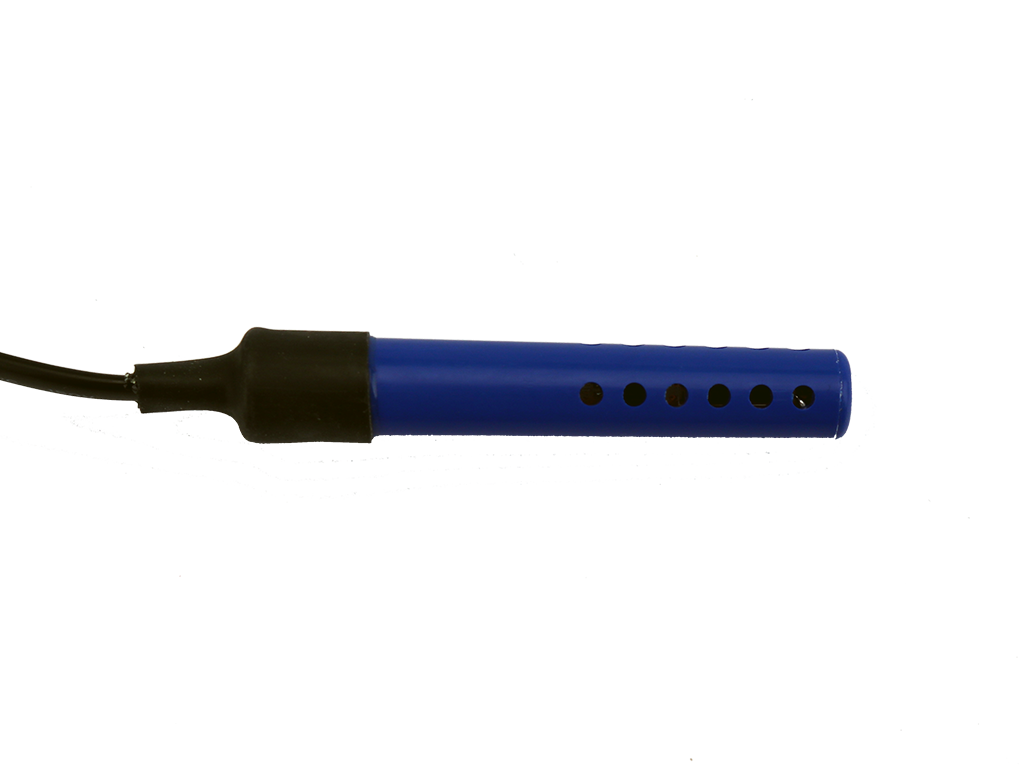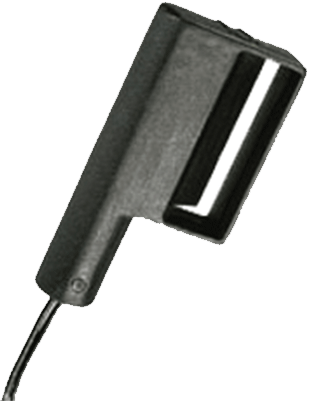
Knowledge Base / News
Unexpected environment-related downtime for many organizations can prove to be costly. If your network and data aren’t available, your staff can’t be productive. If your customers can’t use the services they’re paying for, you stand to lose precious revenue. If your warehouse becomes too humid, products can become moldy and unusable.
Installing environment monitors as part of your business continuity plan is key to protecting your organization against downtime caused by factors such as high heat, water leaks, humidity, power loss and more. Just as you want to protect your data against loss from cybercrime and hacking, you also want to prevent data loss due to dripping in your server room turning into a flood due to burst pipes.

Once your environment monitors are installed and alerts are created, it’s extremely beneficial to periodically verify that they’re still fully functional – all monitors and sensors are plugged in and powered on, network connections are secured, alerts are being sent to the appropriate employees and more. If you periodically scan your systems to check for viruses, you should also periodically check your environment monitors as well.
Preventative measures work best when they’re maintained and up to date. Your environment monitoring sensors may become dusty due to exposure or accumulate some dust if they’re monitoring an external environment. Periodically checking your sensors, visually inspecting connections, and cleaning when you can will not only lead to more accurate alerting, you’ll be extending the life of your environment monitoring platform as well.
Unfortunately, some organizations that had installed environment monitoring failed to verify their monitors and sensors were maintained and active. Recently a college was learned to have suffered a catastrophic loss of financial and student data when their data center reached temperatures of 135° Fahrenheit and multiple servers crashed. The data stored on those servers was unrecoverable due to the extreme heat their servers faced. Subsequent investigation showed that their temperature monitors were not reconnected after some recent network changes had been made. Had a periodic check of their environment monitoring been completed, this catastrophe may have been avoided entirely.

The best time to install or verify the condition of your environment monitoring platform is before an unexpected event happens. A freak storm, a construction accident outside of your building, or health concerns that could lead to short staffing all happen before you know it. As the saying goes, you can’t close the door once the horse has left the barn. Likewise, verifying your monitors after costly downtime has occurred can help prevent the next possible incident… but it can’t help the losses you’ve just suffered.
Many environment monitoring platforms are easy to install, even if you don’t have a lot of technical experience. Nor do they require an electrician or third-party vendors. Think about your organization without a firewall protecting your data; the aspect of losing data without having any cybersecurity in place should give you the chills.
The same goes for environment monitoring – 30% of the data loss and downtime causes you will face will be the result of environment factors. There’s no reason why your business continuity plan shouldn’t include environment monitoring and outline the timeframes and steps to periodically update and verify that all your monitors and sensors are working appropriately. The college who lost their servers when their temperature sensors weren’t checked spent over a year re-entering data by hand to recover. Your organization may not have the time, or money, to attempt the same if you neglect your environment monitoring.
Install and verify your environment monitoring today and enjoy peace of mind tonight knowing that your facilities and your staff are protected against unexpected downtime.

You may find Windows Command Prompt at the following path:
To run Windows Command Prompt as an administrator:
| Current S models | Current E models |
|---|---|
| Room Alert 32S | Room Alert 32E |
| Room Alert 12S | Room Alert 12E |
| Room Alert 3S | Room Alert 4E |
| Room Alert 3E | |
| S models | E & W models |
|---|---|
| Room Alert 32S | Room Alert 32E |
| Room Alert 12S | Room Alert 12E |
| Room Alert 3S | Room Alert 4E |
| Room Alert 3E | |
| Room Alert 3W |
| Model |
|---|
| Room Alert MAX |
| Room Alert 32S |
| Room Alert 12S |
| Room Alert 3S |
| Room Alert 32E/W |
| Room Alert 12E |
| Room Alert 4E |
| Room Alert 3E |
| Room Alert 3 Wi-Fi |